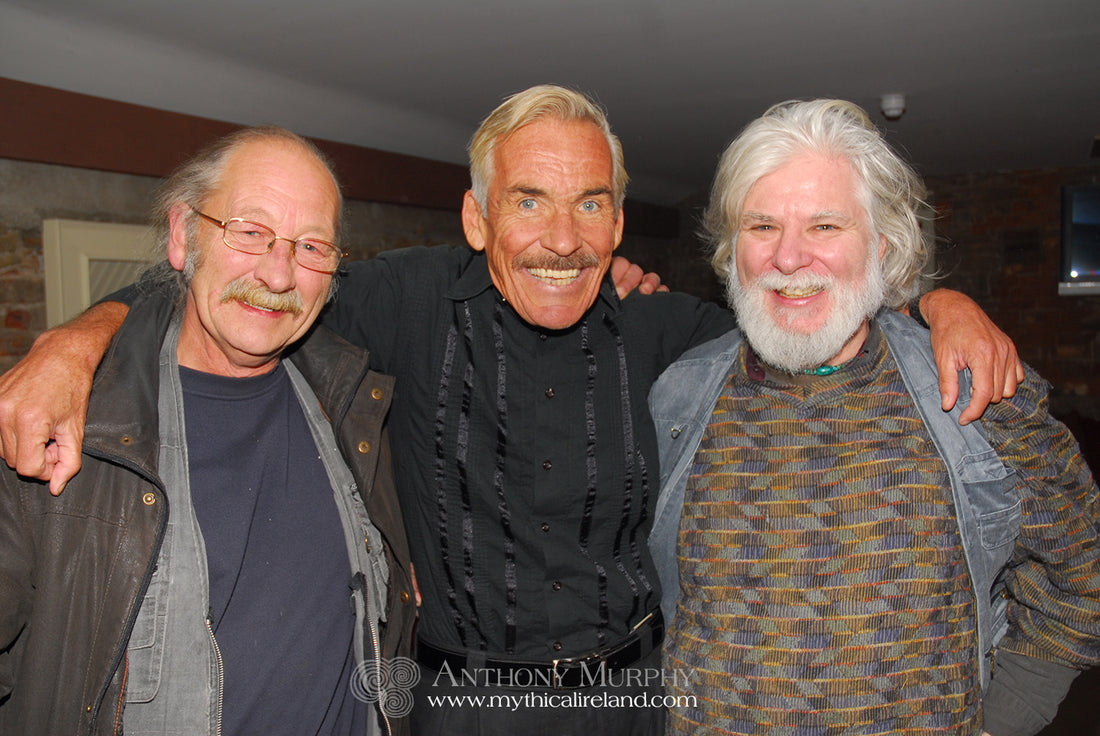
Obituary: Martin V. Brennan, author, artist, megalithic discoverer, pioneer
Martin Vincent Brennan, ‘Morsheen’, was born of Irish parents from Roscommon and Galway on 16th June 1942 in Brooklyn, New York. The family lived close to the library, Natural Museum and Prospect Park. These three locations had an inspirational and creative impact on his life. The boy brought home a book on Chinese writing and glyphs, an art he continued throughout his life. He was a Daykeeper living and exploring time through the Azteca-Mayan Cosmology for many decades in Mexico.
 The late Martin V. Brennan.
The late Martin V. Brennan.In the Natural Museum his young mind was fascinated with wooden Mayan Temple reproductions and the Meso-American heritage. In Prospect Park, which was shaped and modelled around the shape of the island of Ireland, the land of his forbears, he embraced nature and his Irish roots.

The late Martin Brennan lecturing on Irish megalithic art.
After college, his formal art training was in the Pratt Institute in Brooklyn, in visual communications, where guest lecturer, author and mythologist Joseph Campbell, presented the cross cultural concept of the The Hero’s Journey. During his time in Pratt he deepened his fascination with the Meso-American culture. From Pratt he moved into an advertising agency as a design and graphic artist. However he was not destined to spend his days working the city and ‘mad men’ advertising industry – he was an explorer, a maverick. Growing up Brooklyn he had an exciting youth.

Martin Brennan recording petroglyphs in Alta Vista, Mexico.
He was athletic and excellent runner and basketball player. In college he was rarely beaten on the track. He put this down not just natural athleticism but to his mental preparation, before the starting gun he envisioning himself as a horse. He was natural Shaman who connected with both the natural and spiritual worlds throughout his life.
He moved from New York to Mexico study Maya prehistoric rock inscriptions, art and ritual. He lived with a Indian family deep in Jalisco mountains, where he did extensive field work on local art and Shamanism. Whilst in Mexico, he met author Alan Watts, who was interested to learn more of Martin’s Mayan research and arranged that he bring his findings along to show him and his friends the Randolph’s who had an interest in art and the Meso American culture.
The meetings lead to new phase of his journey, Japan. The Randolphs helped him travel to and enrol in Shotokugi Zen Monastery, Japan’s first/oldest Zen Monastery dating from 1322, where he studied Oriental art and calligraphy at Shotokugi. He also studied also Akido in which he acquired a Black Belt. He remained active at Akido, basket ball and swimming into his 70s.
He moved from New York to Mexico study Maya prehistoric rock inscriptions, art and ritual. He lived with a Indian family deep in Jalisco mountains, where he did extensive field work on local art and Shamanism. Whilst in Mexico, he met author Alan Watts, who was interested to learn more of Martin’s Mayan research and arranged that he bring his findings along to show him and his friends the Randolph’s who had an interest in art and the Meso American culture.
The meetings lead to new phase of his journey, Japan. The Randolphs helped him travel to and enrol in Shotokugi Zen Monastery, Japan’s first/oldest Zen Monastery dating from 1322, where he studied Oriental art and calligraphy at Shotokugi. He also studied also Akido in which he acquired a Black Belt. He remained active at Akido, basket ball and swimming into his 70s.

Martin Brennan studying Irish megalithic art. Photo: Pat Cashman.
By combining art and aikido he fundamentally embraced the ways of brush, (and pen) and sword. He was happiest when he was drawing. He embodied the way of artist, scholar, warrior and shaman. His Japanese Zen and Akido training along with his Mexican fieldwork and study of Shamanism, art and his visual communications experience made a good grounding for his next area of focus, the Boyne Valley monuments and Irish Megalithic culture – areas in which he was to make unique groundbreaking and valuable discoveries.
This move to Ireland came about through his esteemed Japanese, Celtic scholar, teacher who suggested he travel to Ireland land of his parents and study the ancient culture. In 1970 he left Japan for Ireland and the Boyne Valley. He, settled in top floor flat in Fitzwilliam Street. He worked in Graphic Design and Advertising, working at the Peter Owen’s Agency. He founded an official Akido Dojo in Trinity college. Several of his Japanese teachers visited to celebrate the founding of the Akido project and to initiate the work into Boyne Valley culture as a Cultural Spiritual undertaking.
This move to Ireland came about through his esteemed Japanese, Celtic scholar, teacher who suggested he travel to Ireland land of his parents and study the ancient culture. In 1970 he left Japan for Ireland and the Boyne Valley. He, settled in top floor flat in Fitzwilliam Street. He worked in Graphic Design and Advertising, working at the Peter Owen’s Agency. He founded an official Akido Dojo in Trinity college. Several of his Japanese teachers visited to celebrate the founding of the Akido project and to initiate the work into Boyne Valley culture as a Cultural Spiritual undertaking.

Martin Brennan autographing a copy of The Boyne Valley Vision for Clare Tuffy, manager of Brú na Bóinne Visitor Centre, in December 2009.
Between the glyphs on the kerb stones, drawings and photographs, Martin soon deduced that the enigmatic designs in part were depictions of astronomical symbols, the sun and moon and cosmological cycles. The fruits of this research are to found in his two Irish books, The Boyne Valley Vision, Dolmen Press 1979 and The Starts and the Stones, Thames and Hudson 1982. Republished by Inner Traditions USA in 1994 as, The Stones of Time.
Martin handcrafted his books. He wrote them in his distinctive longhand and they were adorned with his beautiful and distinctive drawings. He would start a book by designing the cover, meet with the publisher and progress from there. His enthusiastic and charismatic presentations of the research intrigued and found favour with the eminent publishers, Dolmen Press and Thames and Hudson. This latter was helped by front page news stories of groundbreaking discoveries of the sun entering the recess’s of the chamber cairns, Cairn T and Cairn L, in the Loughcrew Hills on the vernal equinox and cross quarter day respectively and his friendship author John Michell.
Martin handcrafted his books. He wrote them in his distinctive longhand and they were adorned with his beautiful and distinctive drawings. He would start a book by designing the cover, meet with the publisher and progress from there. His enthusiastic and charismatic presentations of the research intrigued and found favour with the eminent publishers, Dolmen Press and Thames and Hudson. This latter was helped by front page news stories of groundbreaking discoveries of the sun entering the recess’s of the chamber cairns, Cairn T and Cairn L, in the Loughcrew Hills on the vernal equinox and cross quarter day respectively and his friendship author John Michell.

Martin's discoveries made front page news in 1980.
To catch the sun entering the chambers one had to be up early and drive to the Boyne Valley or Loughcrew Hills and to climb the hill to be in place for the sun or moon to shine in. The logistics of this led to the need for one or two cars and small group of observers to be in the selected cairns. This loose collective of megalithic enthusiasts went under the title 'Stonelight'. The equinox sun beam was the bringing to life of the 5,000 year old glyphs as the sun beam moved across the backstone in Cairn T. The sunbeam penetrating the dark cairn/womb and illuminating the symbols breathed life and light into the monument as it revealed its astronomical function as a calendrical device of great antiquity and sophistication. Martin hoped with the publication of The Stars and Stones, the catch-all diminutive tomb theory/burial mound label would be laid to rest and the abodes of the Daghda, Aengus and the pantheon of historic/mythic residents of the wonderful cairn/residences/sacred mounds would be recognised as sacred, scientific edifices – ‘Temples of the Ancestors’.

Martin Brennan with astronomer E.C. Krupp and Anthony Murphy of Mythical Ireland during his visit to Newgrange at winter solstice 2009.
Shortly after the publication of The Stars and Stones, Martin unexpectedly needed to return to New York. Regrettably the revelations of “the golden secrets of our past” as astromegailtic-cosmological temples was ignored and even ridiculed. In part, it must be said because these discoveries came from outside the doors of the establishment dogmatic tomb theory orthodoxy.

Martin Brennan at his desk in Boulder, Colorado.
Martin moved from New York to Boulder, CO, where he taught and trained a local basketball team based on Akido principles. Here he produced his third book, The Hidden Maya (1998, Bear and Company) in which he decoded the enigmatic hand sign language depicted in Aztec and Mayan codices, rock carvings and pottery. His breakthrough for came from his realisation that the sign language of plains Indian’s had roots in the earlier Meno-American hand sign language and was able reverse deduce these hand gestures. He did extensive work in decoding the Codex Borgia and Azteca-Maya Calendar system. To his last day kept Azteca-Mayan day-keeping journals where he wrote in Gaelic, Chinese, Japanese, and with Azteca-Mayan glyphs that in detail recorded the subtle intricacies of each day. He was regarded as an author’s author. Publishers liked to publish him for unique scholarship rather than just projected sales; they recognised the intrinsic value of his work.

Martin Brennan and Anthony Murphy meet for the first time. December 2009.
In 2009, Anthony Murphy author and curator the Mythical Ireland website, instigated a plan with Stonelight friends of Martin bring him ‘home’ for a winter solstice conference in the Boyne Valley. This trip was a joy for Martin as he met many old friends and good number of archaeologists including George Eogan, excavator of the extraordinary Knowth megalithic complex. Martin had hoped that his astro-calendrical discoveries would be accepted and bury the the tomb moniker after the 30 year ‘acclimation’ period. Alas, he did not live long enough to see that change.

Prof. George Eogan and Martin Brennan shaking hands at Brú na Bóinne.
Martin died on 1st November 2023 after a fall and short hospitalisation, close to Puerto Vallarta where he lived for over a decade. He will be greatly missed by many who hoped and expected that he would live to see the publication of more of his deep insights into nature of time. He was an erudite maverick, a lifelong bachelor, genius, author, teacher and shaman who lived a full life on his own terms. His decade in Ireland added greatly to the comprehension of our nation’s scientific and spiritual roots. May he rest in peace.
Toby R Hall - December 2023

The main image on this obituary shows Martin Brennan with his two close Stonelight friends, Jack Roberts and Toby Hall.
Watch a video of Martin's keynote presentation to the Boyne Valley Revision conference at Newgrange Lodge in December 2009 below.

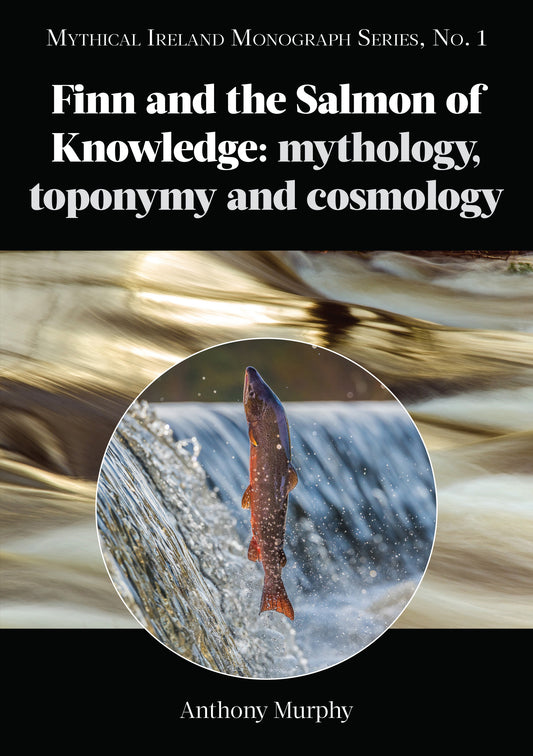
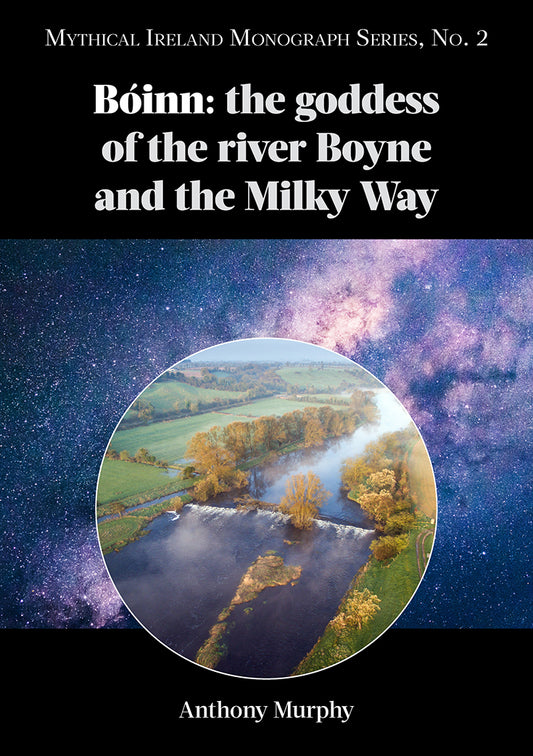
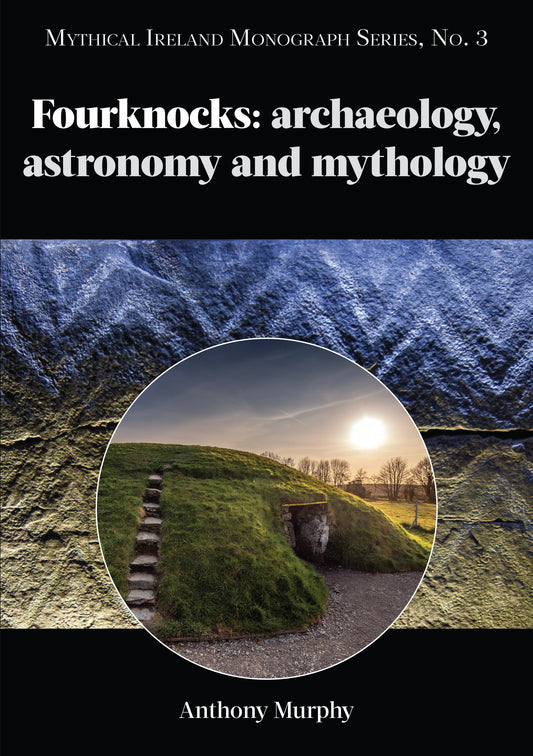
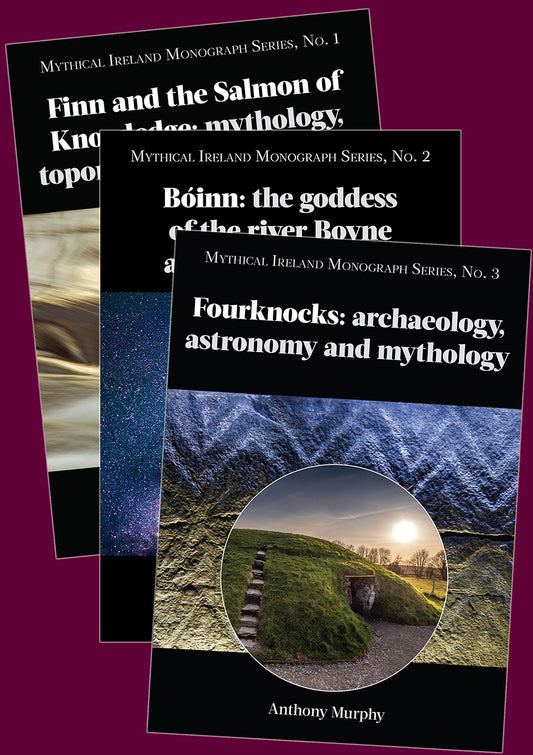
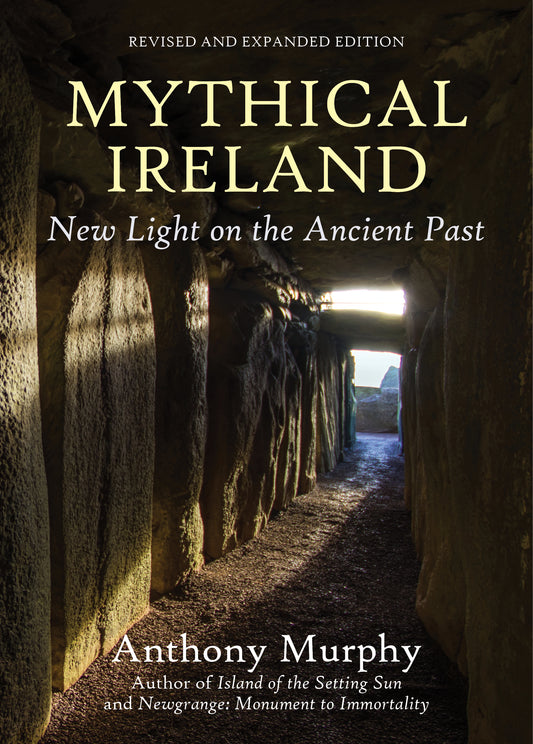
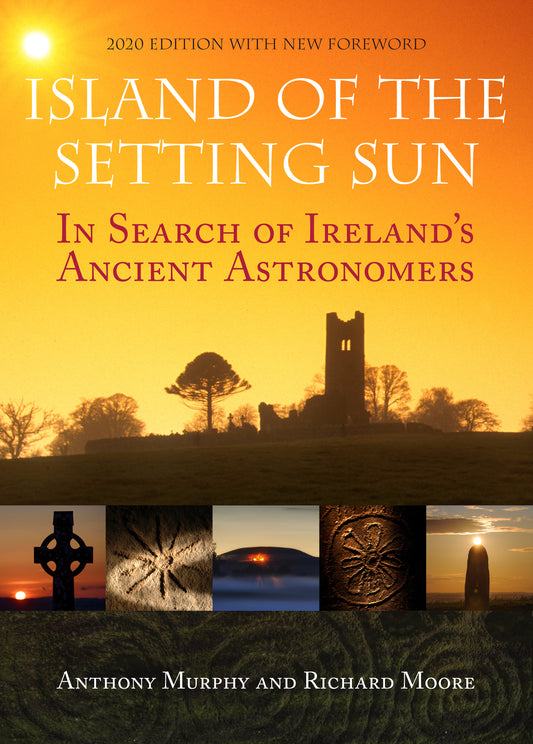
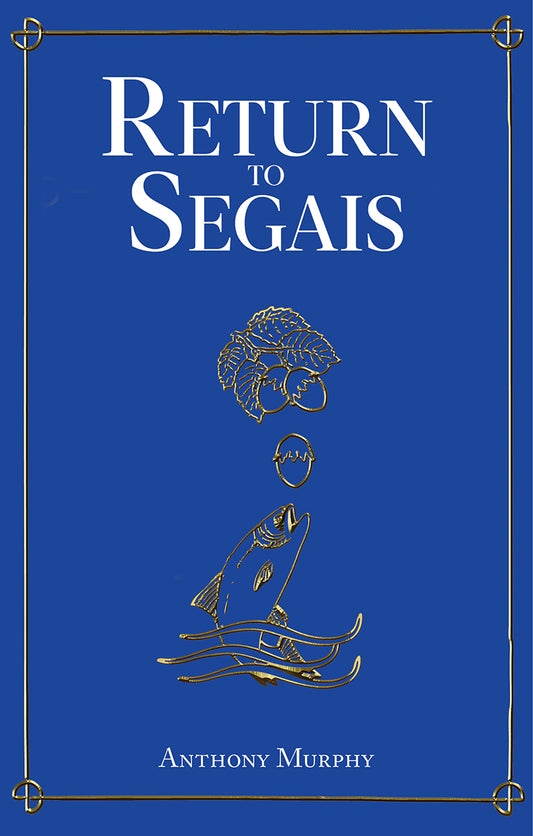
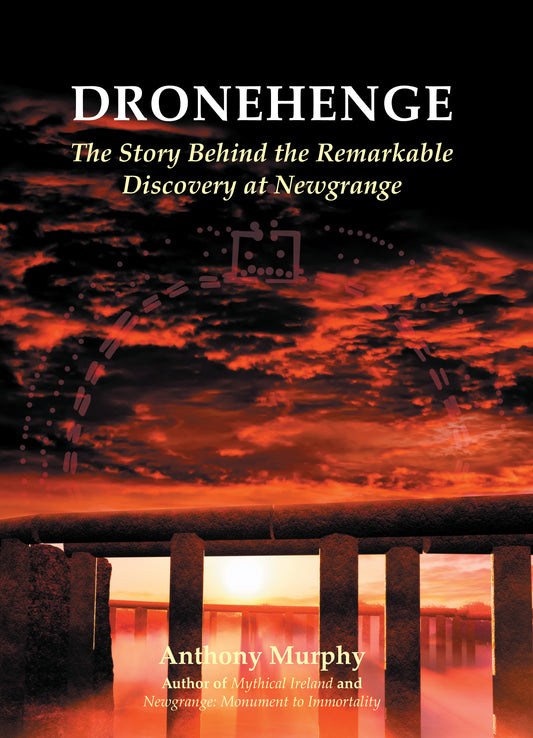
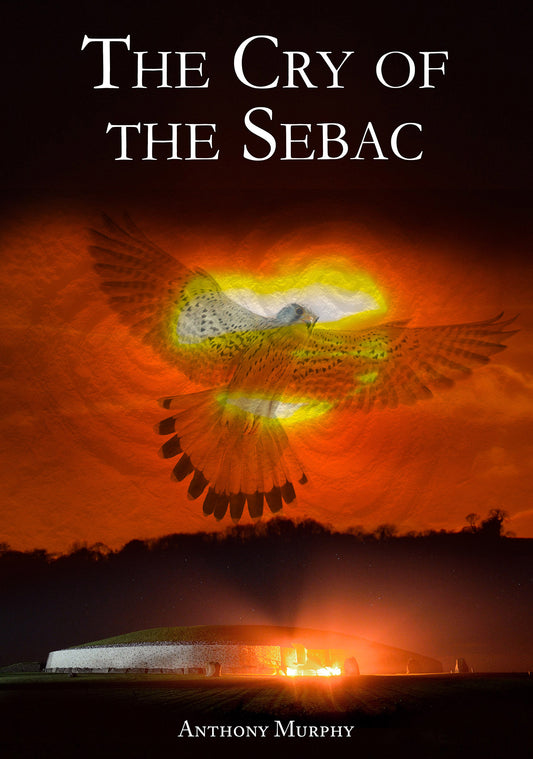
6 comments
I remember Martin writing the Hidden Mya. I was a teenager. He was a maverick in his craft.
Martin Brennan’s work in the Boyne Valley has great implications in those interested in the origins of civilizations and Ireland’s great contributions to it around the world.
How is it possible that this man doesn’t even have his own wikipedia page?
https://www.facebook.com/lesleyanne.constable/posts/pfbid02576gwHMVAqJ5hDxuEvM1EwZN77HPvFJE8DmTMmGbH4BYBDxwi4pGEvHxjNYa2BL9l
I owe thanks to this man. Opening my eyes to a different way of seeing and feeling the mysteries of ancient monuments.